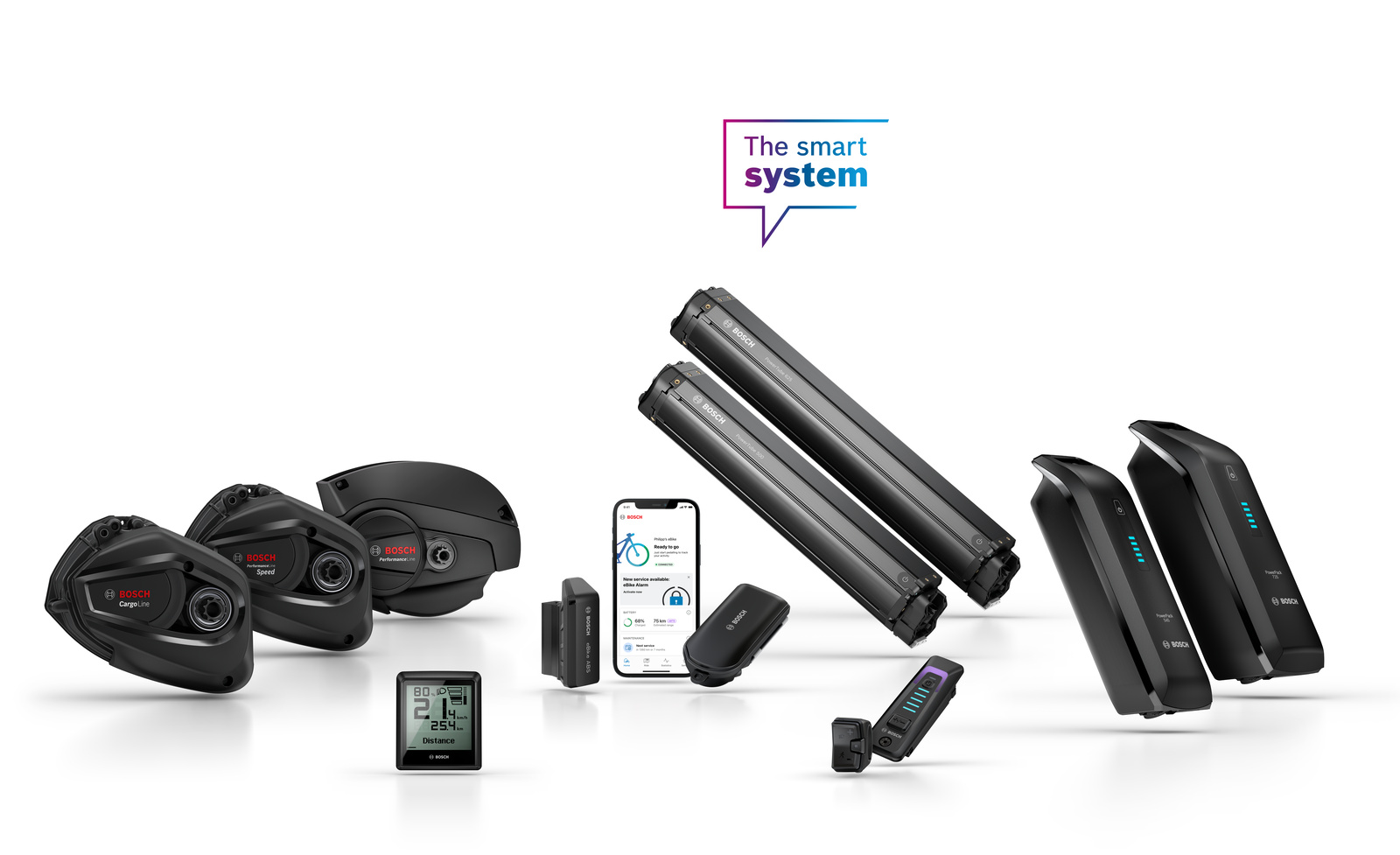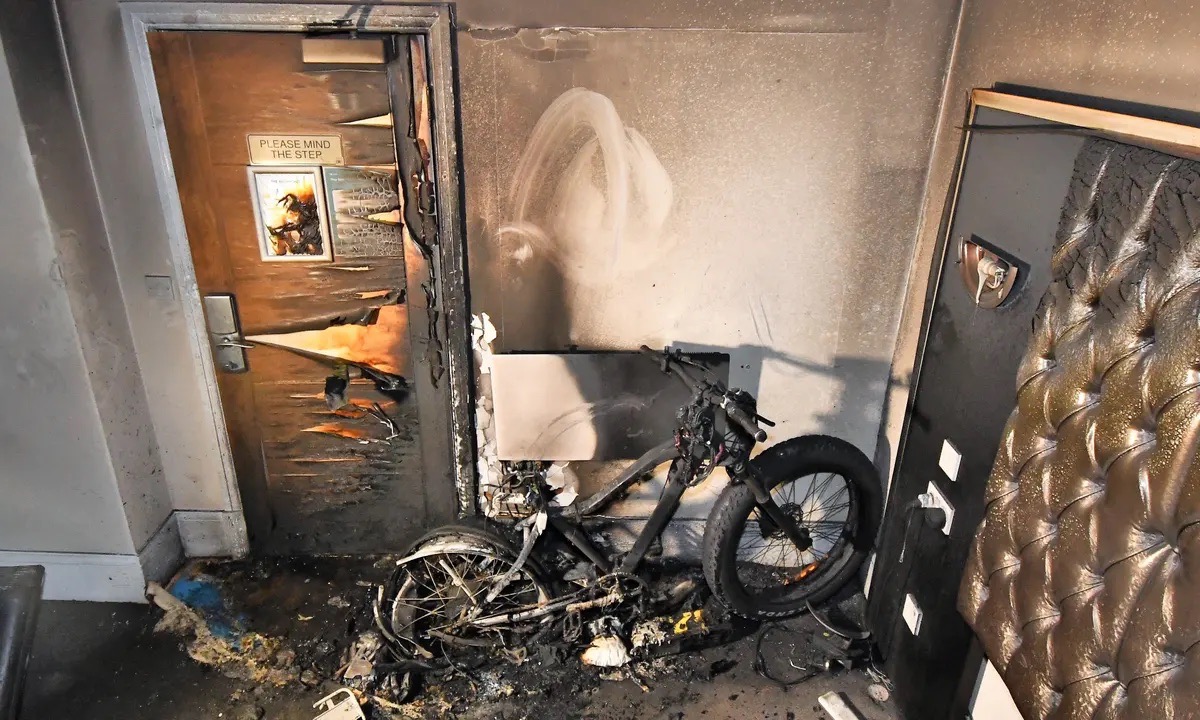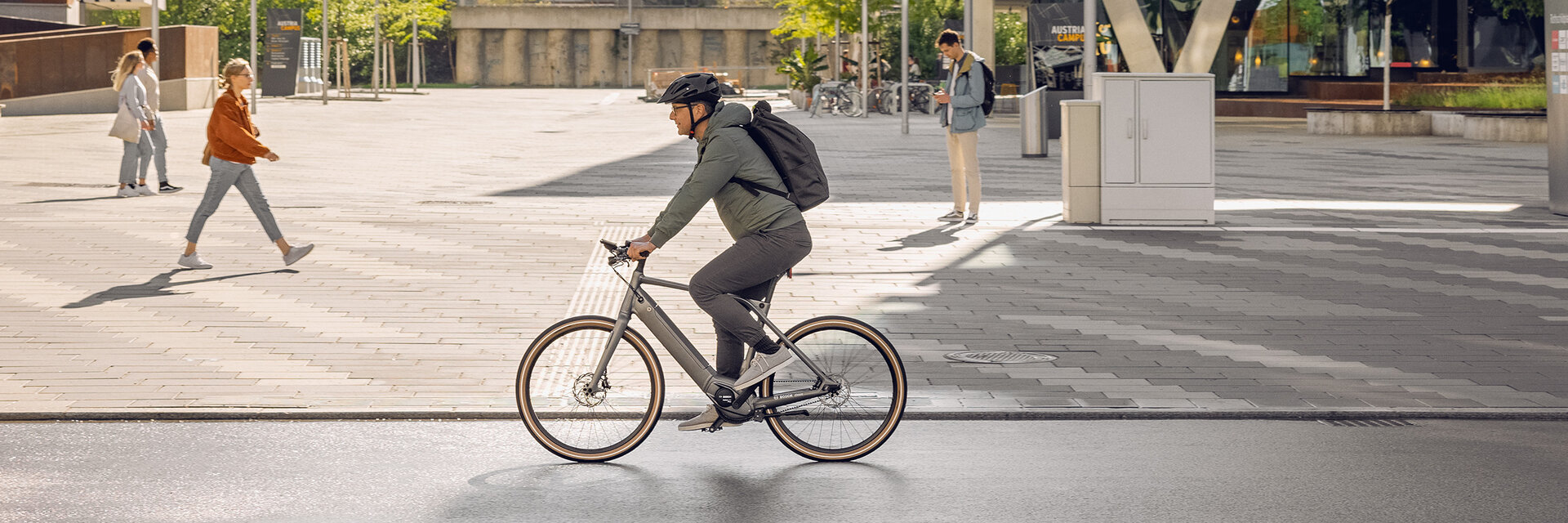Over recent months, it has been difficult to miss the eye-catching headlines around the world relating to ‘deadly electric bikes’ causing an increasing number of devastating fires. But as eBike batteries are likened by the media to ‘bombs’ and ‘hand grenades’, it is important to explore the issue a little deeper than these often-misleading column inch selling headlines.
In a world where we are in the midst of a climate crisis and with transport having overtaken power generation as the UK’s greatest contributor to pollution, it is critical that we to not disregard the numerous benefits that eBikes can offer as a greener and more efficient transport solution and through their use helping to reduce congestion in our cities, improve air quality, and contribute towards the reduction in diabetes and obesity through the promotion of a more active lifestyle.
After all, eBikes allow individuals to commute and explore further at faster average speeds, families to go about their school runs and weekend adventures with more fun and businesses increase their operational efficiencies.
So why the bad press? What is lithium ion? And do I need to be worried?
What is an eBike battery made from?

As man has evolved, we’ve worked to harness energy with the goal to produce and store it in the most efficient way possible. The invention of batteries has allowed us to ‘package’ energy and essentially save it for later, such that it can be used as, when and where required. We no longer therefore need to generate energy as we move – burning fossil fuels on the go with a combustion engine, or be restricted by being tethered to a power source. Batteries have revolutionised the way we do everything.
Available in different capacities (essentially the ‘size of the fuel tank’) batteries themselves vary in their material composition and it is what they are made of which determines the energy density - essentially how much energy you can pack into a given material. A more energy dense material allows the storage of more energy in a smaller volume, allowing for a smaller and lighter battery.
The result of this development is the ‘lithium ion’ battery, the gold standard for reliability and energy density, powering everything from watches, to mobile phones, to vehicles.
But, in the same way as learning to work with and control fossil fuels, gunpowder and nuclear energy has come with its challenges, batteries manufactured poorly or utilised incorrectly can result in disaster. Taming this wonder material and protecting the safety of its users is priority number one for any responsible manufacturer.
The Good, The Bad and the Ugly
Not all electric bikes are created equal. There is quality product, manufactured to high specifications and rigorously tested to stringent quality and safety testing standards, then there are others which are not – and it is these with poorly made batteries that are likely to catch fire, sometimes with devastating consequences.

Lithium ion as a material is prone to a process called ‘thermal runaway’ an unstoppable chemical chain reaction when high battery temperature and pressure causes leakage of highly toxic and flammable gases, leading to fires and the potential for explosion.

Batteries are made up of ‘cells’. The higher the capacity of the battery, the larger the number of these cells. A manufacturer aims to pack in as many of these cells into their pack as feasibly possible, to ensure the highest possible storage and output, but responsible parties will do so under very strict design constraints ensuring the use of quality cells which are themselves manufactured to high degrees of safety controls, ensuring that they are spaced appropriately with high-quality fire-resistant materials for the breaks between cells and the surrounding pack material, designed, built and tested to consider accidental drops, impacts and exposure to water.
Then there’s the battery management system (BMS), a sophisticated control within the battery designed to monitor its performance, checking that the cells remain in good order whilst charging and in use, protecting against short circuit and providing a ‘shut-down’ facility, essentially putting the battery to sleep should anything out of the ordinary be detected.
But all this comes at a price.
To produce a cheaper battery, a less-responsible manufacture might use lower grade materials, possibly even counterfeit cells produced inaccurately and without the desired care and attention, assembled badly into a sub-optimal case unlikely of a fire-retardant material. A decision may also be made to utilise a low-tech BMS, or disregard this critical piece of hardware altogether.

Where it gets particularly dangerous is with the potential for ‘DIY’ kits. Third-party auction sites are allowing the import and sale of sub-standard, untested batteries which can be paired with similarly low-quality chargers, controllers and wiring, before being lashed together by someone with little or no experience of electronics. These, by definition, are a disaster waiting to happen.
So what can be done to avoid these potential dangers?

There is so much that needs to be considered, including but not limited to the following;
Purchasing an eBike from a reputable retailer or brand ensures that all components have been designed and tested to the highest possible safety standards. Using the equipment as intended and per the manufacturer’s guidelines will ensure your safety and those of others around you.
It would be prudent for policy-makers to take more responsibility to create and enforce new rules on the distribution and usage of potentially dangerous product. Many of the ‘frankenbikes’ on the road, with DIY kits are non-compliant and should not be used on the public highway in any case. There are already rules in place covering this, but these are not being enforced. You only have to look across to New York, where at the time of writing there have been more than 13 deaths already in 2023, to see some great examples of positive policy change at work. The New York Fire Department are giving eviction notices to establishments found to be storing potentially dangerous batteries or offering illegal modifications, with the city council creating Bills of law to effect change.

Third-party auction sites should be held to account and take some responsibility to ensure that the products that they promote through their channels meet all relevant product and safety standards. Doing so would reduce the availability of these potentially dangerous products.
Gig-economy organisations such as quick commerce delivery companies, should take a greater responsibility to protect their riders, not condoning the use of dangerous and non-compliant products and offering education on best practise for safe usage, storage and charging.
A public awareness piece is necessary to draw the attention to the potential dangers of ‘bad’ lithium ion batteries powering our gadgets across all sectors, not just singling out and scapegoating the ‘eBike’.
Data capture needs to change. It’s not acceptable for fire crews to report on lithium ion battery fires simply as ‘eBike’. More care needs to be taken to understand the root cause of the issue and attribute it correctly to differentiate from legitimate electric bikes. After all, bicycles which have been modified to include batteries and motors capable of exceeding standards are not, by definition, ‘eBikes’.
The London Fire Brigade are taking steps and have designed their #ChargeSafe campaign to highlight the potential dangers of lithium ion batteries and how to mitigate the risks. You can learn more about his HERE
The media need to take some responsibility in their reporting to ensure that the part that they play in this story is constructive and reinforces the correct messages.
There is so much work to do. But together with the proper support from policy-makers and key stakeholders we can help safely utilise the wonders that lithium ion batteries offer and the benefits of the transport technologies that they power for our ever more polluted and congested world
We just need more people to listen, before it’s too late.




